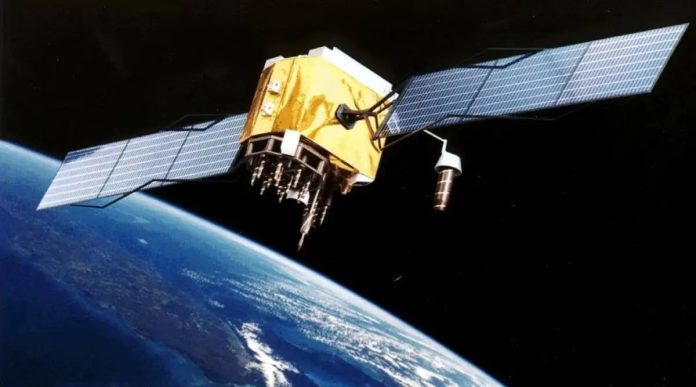China has made significant progress in establishing a network of ‘spy satellites,’ which are primarily used for reconnaissance and surveillance purposes.
With strained relations between India and China, India has engaged private companies to develop military-grade spy satellites, with Tata Advanced Systems Ltd (TASL) leading the charge. The first satellite in this series, constructed by TASL, is set for launch in April.
This collaboration marks a crucial milestone for India, showcasing its reliance on the private sector to address the nation’s growing space-related requirements.
Rumors circulating on Russian telegram news channels suggest that India is poised to surpass Russia in terms of satellite launches this year. This surge comes as India seeks to fill the gap left by Russia in the international launch market following the Ukraine conflict.
Equally noteworthy is India’s focus on leveraging space technology for military purposes. In addition to monitoring adversary activities such as troop movements, the satellites will facilitate the deployment of satellite-linked unmanned aerial vehicles within the Indian Armed Forces’ arsenal.
India’s satellite count lags far behind China’s extensive satellite network. According to the Military Balance report by the International Institute for Strategic Studies, China operated 136 reconnaissance satellites in 2022, up from 66 in 2019.
Against this backdrop, the impending launch of India’s first private spy satellite stands as a significant achievement. As per reports from the Economic Times, the inaugural spy satellite engineered by TASL is en route to Florida for launch aboard a SpaceX rocket in April.
Reconnaissance satellites play a crucial role in monitoring various activities, including troop movements and missile launches, from an altitude of 500 kilometers. This data empowers India to surveil enemy assets during potential military conflicts and respond effectively.
Historically reliant on the US for reconnaissance data, the Indian armed forces had to provide specific coordinates and timings for foreign vendors to obtain imagery. A ground control station in Bengaluru will be established to process imagery transmitted by the satellite.
Colonel Vinayak Bhatt, a retired Indian Army official and seasoned image analyst, praised this strategic move, emphasizing the need for additional Earth Observation (EO) satellites with enhanced temporal resolution. He highlighted the necessity for AI-assisted satellites to provide analysts with a competitive edge over adversaries.
Amid escalating tensions with China, India has launched a series of radar imaging satellites (RISAT), expanding its fleet from 12 satellites in 2019 to 16.
China, on the other hand, is expanding its electronic intelligence (ELINT) and signals intelligence (SIGINT) satellite capabilities, allowing for the interception of electronic information. The US Defense Department’s report in October 2023 underscored that China’s intelligence, surveillance, and reconnaissance satellites could potentially track and target US and allied forces globally, particularly in the Indo-Pacific region.


